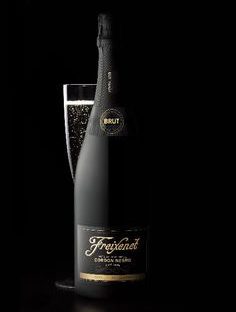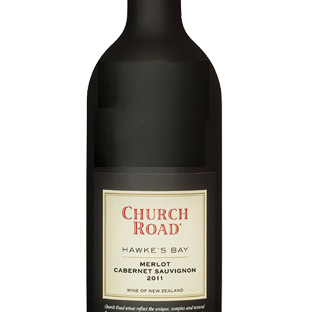Freixenet Cordon Negro Gran Seleccion Penedès Cava Blend Brut
$23.00
Cava Blend is a term used to describe the composition of the iconic sparkling wines of Spain.
This blend is principally made up of three grape varieties: Macabeo (often written Macabeu), Xarel-lo and Parellada. In 1986, Chardonnay was officially allowed in the blend, signaling Spain’s intention to move with the times and compete with the other sparkling wines of Europe.
White Malvasia and dark-skinned varieties Pinot Noir, Garnacha, Monastrell and Trepat are other recent additions to the list of permitted Cava grape varieties.
Cava is Spain’s iconic sparkling wine style, and the Iberian Peninsula’s answer to Champagne. The traditional grape varieties used in Cava were Macabeo, Parellada and Xarel-lo, but the Champagne grapes Chardonnay and Pinot Noir are also now being used.
While the original Cavas were produced exclusively in Catalonia – specifically in a small town called San Sadurní de Noya – modern Cava can come from various parts of Spain.
Cava sweetness levels
These are classified into the following (in ascending order of sweetness):
- Brut Nature: Contains 0-3 grams per liter of residual sugar where no sugar has been added to the bottle.
- Extra Brut: 0-6 grams per liter of residual sugar
- Brut: 0-12 grams per liter of residual sugar
- Extra Seco (also – counterintuitively – referred to as Extra Dry): 12-17 grams per liter of residual sugar
- Seco (also referred to as Dry): 17-32 grams per liter of residual sugar
- Semi-Seco (Semi-Dry): 32-50 grams per liter of residual sugar
- Dulce (Sweet): More than 50 grams per liter of residual sugar
Pale yellow, with bright hints of green. A fine, persistent and abundant sparkle lifting to a good crown.
Fine, delicate aromas, combining tones of green apple and pear, with light resonances of Mediterranean fruits – peach, melon and pineapple, over a base of citrus, all beautifully balanced by light toasty aromas from bottle maturation.
The palate is refreshing, the sparkle balancing the green and citrus fruits. It is light but long and elegant.



| Weight | 1.5 kg |
|---|---|
| Price Range | |
| Wine Brand/Winery | |
| Wine Region/Country | |
| Wine Size | |
| Wine Varietal | OTHER SPARKLING WINE, SPARKLING WINE – Methode Champenoise Sparkling |


























